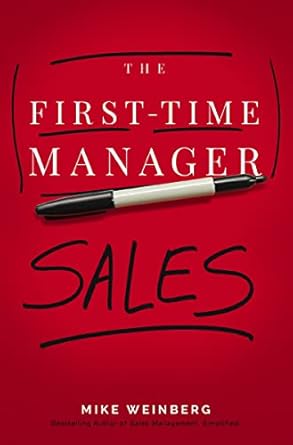Your employees should share in the results of their efforts. Some will want time off. Most will want a monetary reward. How do you create a monetary reward for everyone?
Have a profit sharing bonus that everyone can participate in except for managers and salespeople (managers are bonused based on the bottom line of their department and salespeople are bonused on commission).
Here’s one that has been successfully used for many years. This suggested profit sharing plan includes everyone’s salary and years of employment. Then, longevity is taken into consideration along with a person’s salary. A high salary does not necessarily mean a larger percentage. Here’s the plan:
At the beginning of each year you decide how much of the profits you will distribute at the end of the fiscal year. You must keep at least 50% for growth (to pay higher salaries, training, overhead costs, etc.) Then you choose how much of the remaining 50% you will be sharing with the employees. You can exclude the managers from the percentage you choose. For example, if you choose to distribute 30% of the profits, the remaining 20% are distributed among your managers and you.
Here’s the formula:
(One employee’s annual salary)(# of years employed)
Sum of all employees: (employee #1salary)(Employee #1years) + (Employee #2 salary)(employee #2 years) + (employee #3 salary)(employee #3 years) + ….
You will have a huge number on the denominator. The percentage for each person is the percentage of the total distribution that person receives.
For example, if a person’s salary is $20,000 per year and he has been employed 4 years, the numerator is 80,000. The denominator is the sum of all employees times their years of employment. Assume that it is 1,600,000.
That employee’s percentage is 80,000/1,600,000 or 5%. If the total amount distributed is $10,000 then that employee receives 5% of $10,000 or $500.
If your fiscal year ends on December 31st of each year, I would suggest the distributions be made January 31st or February 15th of the following year. In this case, there is no misunderstanding that the monies received are holiday bonuses. And, according to several tax experts, if you accrue the bonuses as of the end of the year and you are on an accrual basis for tax reporting, you can deduct those payments as expenses in that fiscal year even though the cash is not being distributed until the following year.
With this plan, you’ll have to teach your employees how profit is generated and give them overviews monthly. They don’t necessarily need to see detailed financial statements. However, don’t be surprised if they start asking questions about how to increase sales and profits as well as give suggestions for decreasing overhead.
In addition, this profit sharing plan also has a tendency to weed out unproductive employees. Once they understand how profit is earned, no one wants less profits because one employee is not pulling his or her weight.
Your external clients write your paychecks. However, it is your internal clients who make it possible for those external clients to exist. This is a way to reward your internal clients as you rocket your profits.
Get financially healthy in 2025
Every business, large and small, can benefit from taking a closer look at its numbers. Spot the trends that could cause cash flow, profitability, or productivity issues.

The First Time Manager – Sales, gives great ideas for a person who has been in sales and promoted to sales manager.
However, this advice is great for any field or office person who is promoted to manager!
Click here to order on Amazon:
